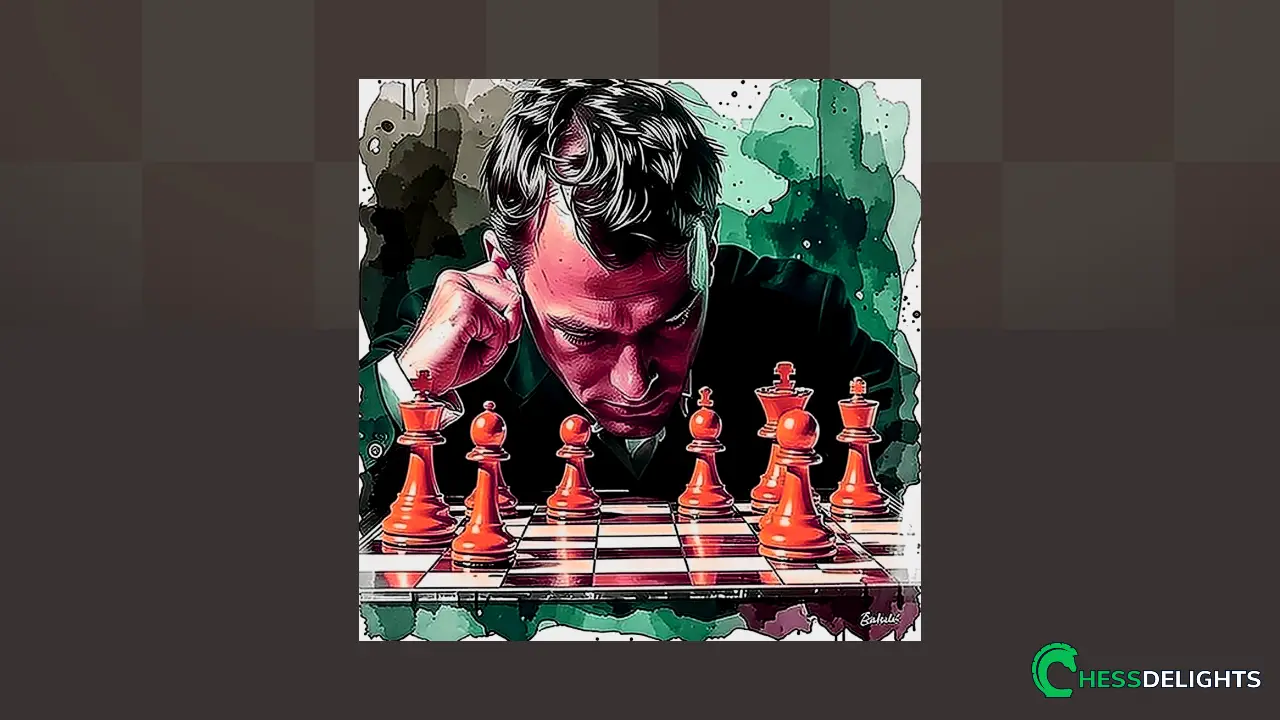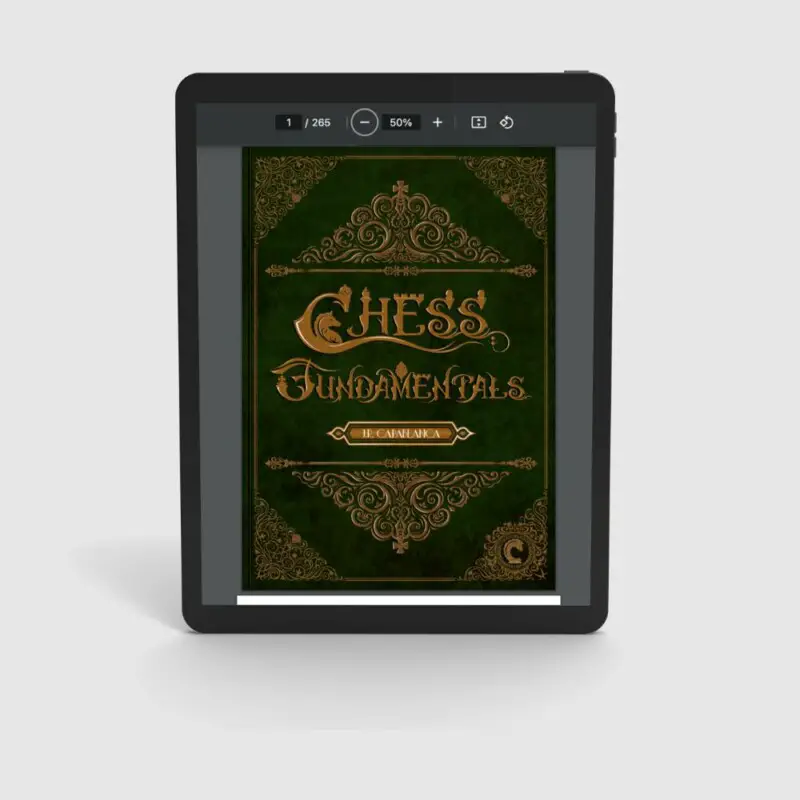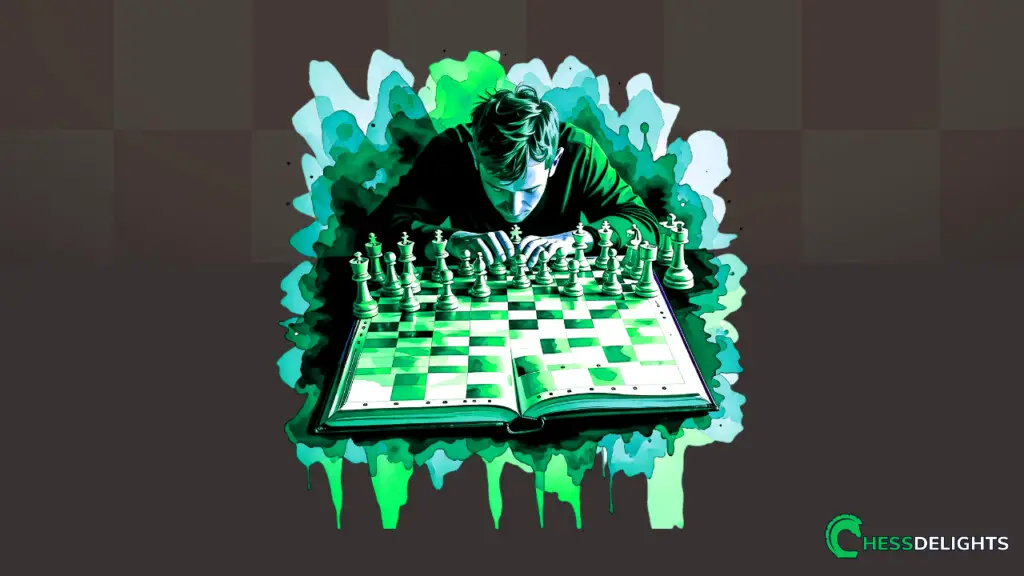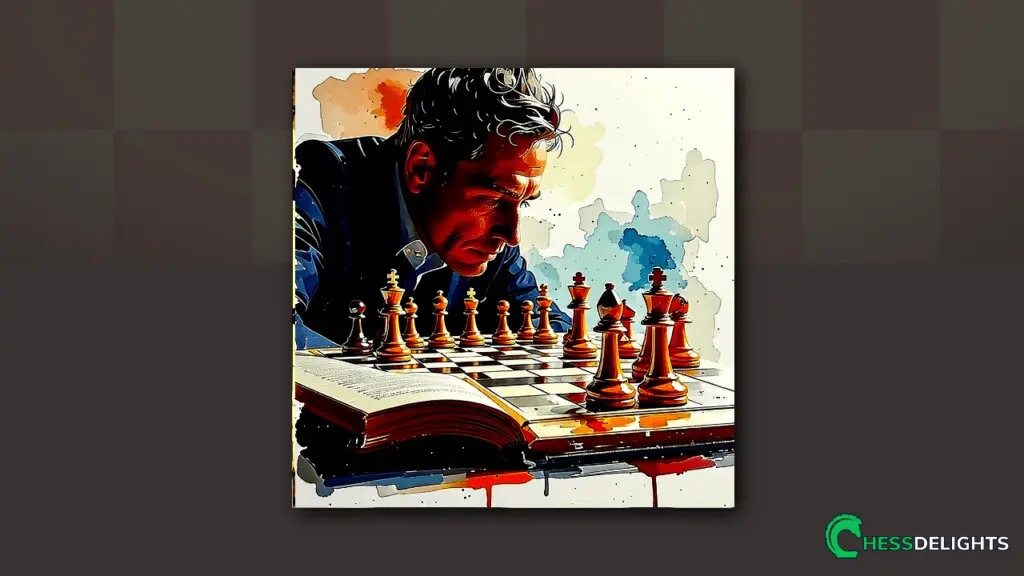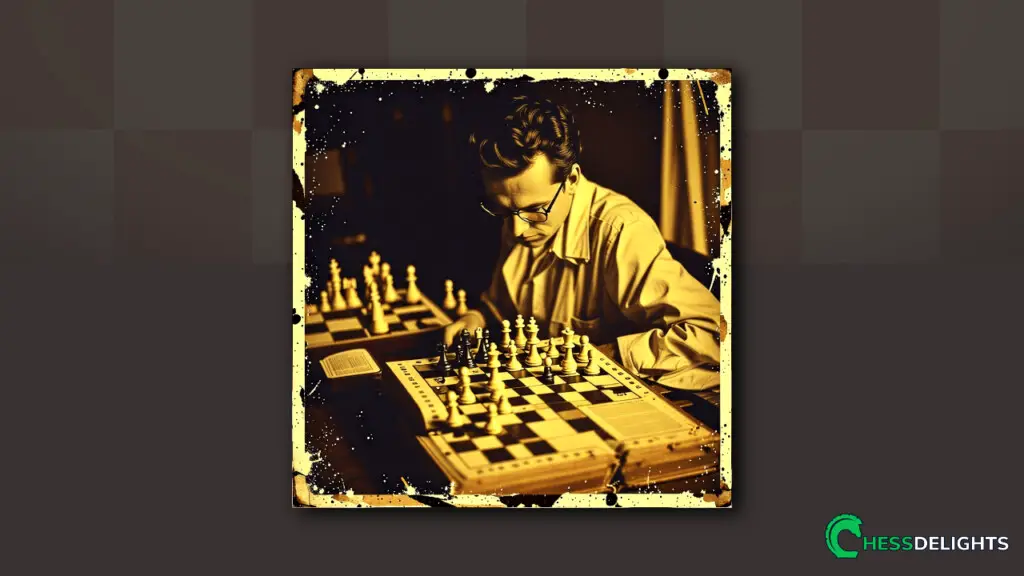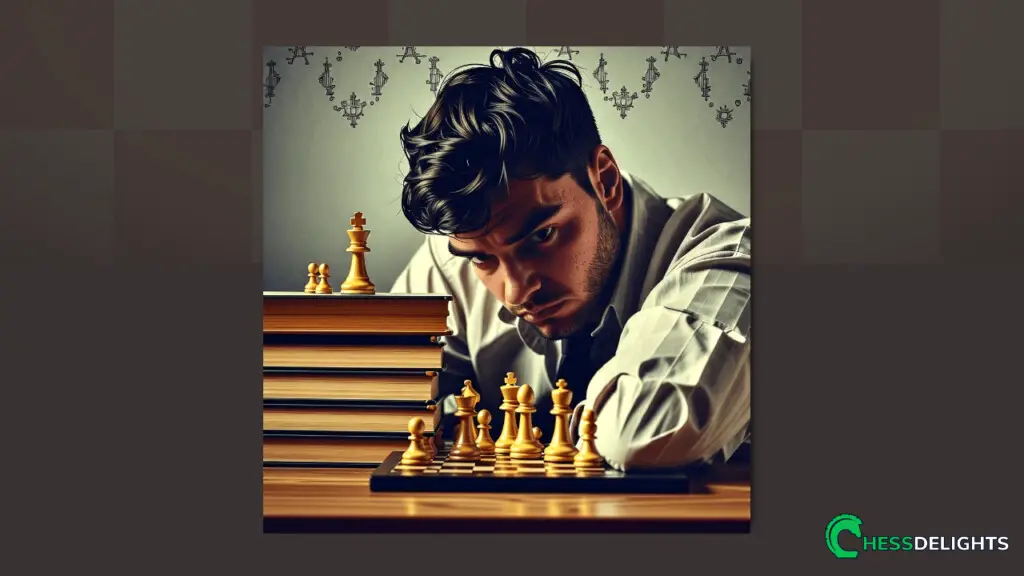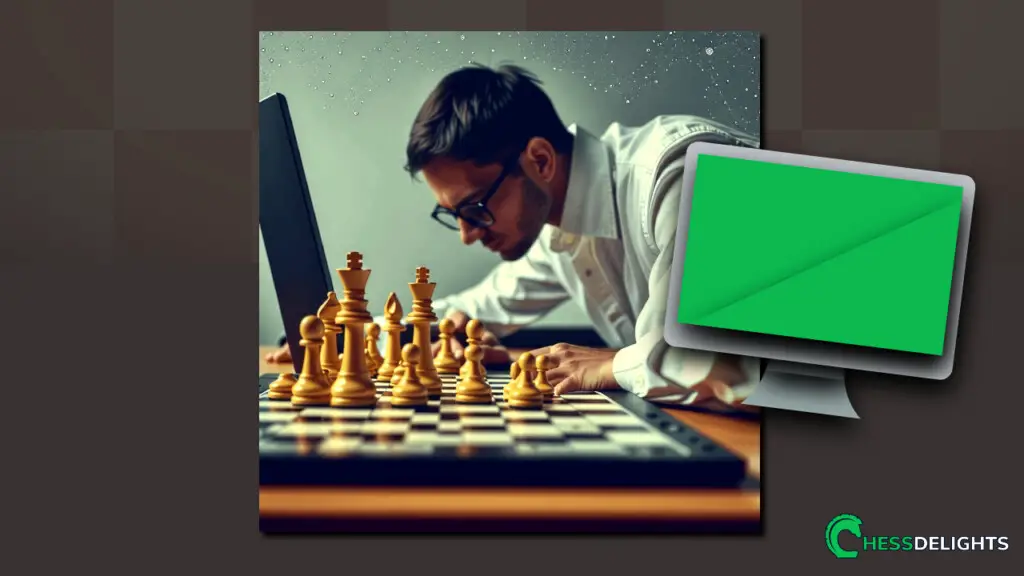With numerous resources available, confusion often arises on the best learning tools to employ. Is it better to go traditional with chess books or embrace the visual aid of videos? Both have their unique merits.
Books offer an in-depth, structured approach to learning, ideal for those who prefer to pace themselves. Videos, on the other hand, cater to visual and auditory learners, providing real-time demonstrations and explanations.
Both tools, when used correctly, can significantly enhance your understanding of chess. This guide aims to shed light on choosing between books and videos for your chess learning journey.
Table of Contents
Steps To Consider If You Choose Books
Choosing books as your primary resource for learning chess comes with its own considerations.
- Learn by Reading: Chess books are a treasure trove for those who have a knack for learning through reading. They provide a systematic approach to learning. You can easily flip back to clarify doubts, and study at your own pace, making them a favorite among many chess enthusiasts.
- Choose Suitable Books: Picking the right book plays a crucial role in your learning journey. For novice players, a book such as “Play Winning Chess” by Yasser Seirawan is an excellent choice. As you advance, you can switch to more detailed books like “My System” by Aron Nimzowitsch.
- Be Active: While reading, it's recommended to have a chess board at your side. Play out the moves as they are mentioned in the book. This active participation aids in better understanding and retention of strategies.
- Prioritize Your Learning: As a beginner or an intermediate player, it's essential to strengthen your foundation. Focus on books that emphasize opening principles, tactics, and basic checkmate patterns. “Bobby Fischer Teaches Chess” is a great title that highlights these aspects.
- Supplementary Material: As you progress, explore books that specialize in various aspects of the game. Titles like “Endgame Strategy” by Mikhail Shereshevsky can enhance your endgame skills, while “The Art of Attack in Chess” by Vladimir Vukovic can help improve your attacking prowess.
Recommended Reading: If you want to learn best ways to study chess alone, read this article.
On the other hand, if you're a visual learner, you might find videos more appealing.
Here's what you need to keep in mind:
- Learn by Watching: Videos are a boon for those who learn best by watching and listening. They provide real-time visualisation of the game, making complex strategies easier to comprehend.
- Choose Quality Content: The internet is filled with countless chess videos. But not all content is created equal. Channels like “Hanging Pawns” and “ChessNetwork” are known for their extensive and high-quality chess tutorials.
- Engage with the Content: Don't just watch passively. Pause the video at critical moments, predict the next move, and compare it with the move in the video. This active involvement will speed up your learning.
- Diverse Learning: Videos cover a wide array of topics. You can watch videos on opening theory one day, middle game strategies the next, and endgame tactics after that. This variety keeps learning interesting and comprehensive.
- Apply What You Learn: Watching grandmaster games with commentary is a great way to see the application of what you've learned. It gives you insights into their thought process and helps you understand how to apply theoretical knowledge in practical games.
Recommended reading: If you want to read more about how to read a chess book, check out this article.
Whether you opt for books or videos, remember, the key to improving your chess skills lies in consistent practice and active learning. It's not uncommon for chess players to use a combination of both books and videos for a well-rounded learning experience.
Our Popular Product
Limited Offer ChessDelights Edition of Jose Raul Capablanca's Chess Fundamentals Book PDF
Now: $4.99 Only Regular Price: $6.99
Steps To Consider If You Choose Videos
When opting for videos as your primary source of chess instruction, it's crucial to follow some guidelines to maximize their benefits. One question that all beginners and intermediate chess players must start learning from books or videos?
While books provide detailed analysis and methodical learning, videos offer real-time demonstrations and auditory explanations that cater to a different learning style.
Here are some guidelines to bear in mind for using videos effectively.
- Identify Preferred Learning Mode: Videos are particularly suited for visual and auditory learners who grasp concepts better when they see them in action and hear explanations. If you find yourself in this category, videos could be your best bet.
- Choose Quality Content: There's a plethora of chess videos available online, but not all are created equal. Select content from reputable sources like the YouTube channels of Grandmasters or established chess educators. For instance, GM Daniel Naroditsky‘s channel and “ChessNetwork” serve as fantastic resources with high-quality content.
- Active Engagement is Key: While watching videos, pause frequently to analyze the positions presented. Try to predict the next move before it's shown, and make a note of any interesting strategies or tactics you come across. This active learning approach can significantly improve comprehension and retention.
- Explore a Broad Range of Topics: Videos are an excellent medium to explore various aspects of chess in a vibrant, engaging manner. From basic positional play and opening strategies to intricate endgames, videos offer a wide array of topics. Make sure to diversify your learning by watching content that covers different areas of the game.
- Immediate Application of Theory: Videos can demonstrate how grandmasters apply theoretical knowledge in real games. Watching these games with live commentary can offer invaluable insights into their thought process, helping you to apply what you've learned in your games.
- Consistent Learning Schedule: Maintaining a regular learning schedule can be quite beneficial. Allocate specific times in your day for watching chess videos and stick to that schedule. Consistency is key in achieving steady improvement.
- Review and Practice: After viewing a video, review the main points and practice them in your games. The more you practice what you've learned, the better you'll understand it and the more naturally it will come to you during play.
Wrapping Up
Whether you prefer books or videos for learning chess depends largely on your personal learning style. However, it's worth noting that a balanced approach, incorporating both books and videos, can provide the most comprehensive understanding of the game.
Regardless of the medium you choose, remember that consistent practice and active engagement are the keys to improving your chess skills.
Recommended reading: If you're looking for the best chess gift ideas, read this guide.

